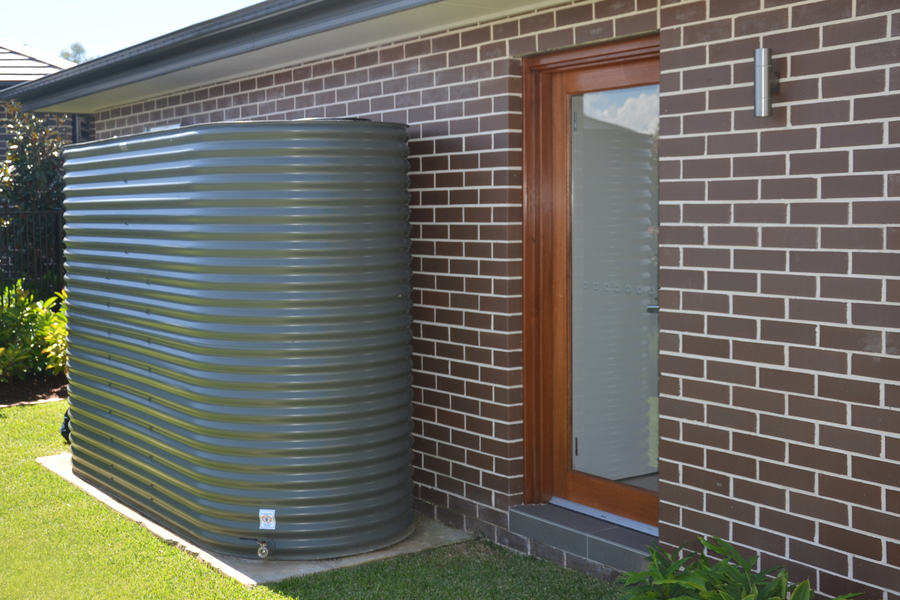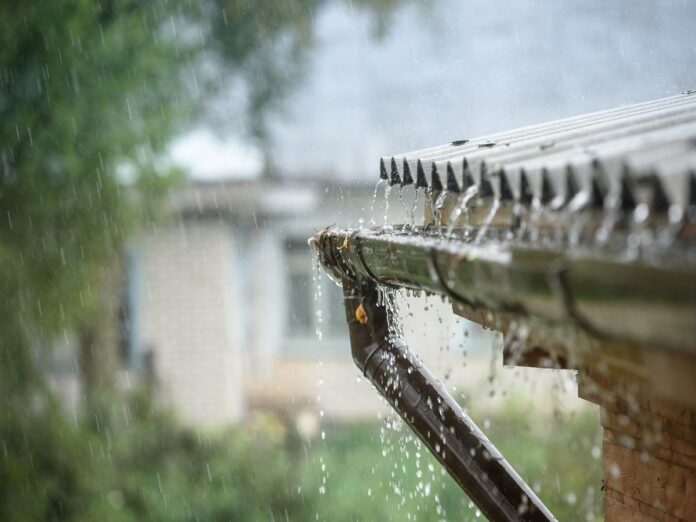According to a news report, many Australian cities and rural towns are drought-hit. These places include NSW towns that are popular rural areas for investment. If you have a house in a region hit by water scarcity, you can consider investing in a rainwater harvesting system.
Why Install a Rainwater Harvesting System in Your Rural Home?
A rural home has ample open space available to install large tanks like Pioneer water tanks for rainwater storage. Also, rural areas of NSW, Tasmania, and Victoria receive an average rainfall of 600mm and above. It is double the rainfall in South Australia.
A rainwater harvesting system has many components like roof surface, gutter system, rain head, first flush diverter, tank screen, rainwater tanks, irrigation filter, and a pump system.
Here is some vital information on how the rainwater harvesting system works for rural homes.
Collecting Rainwater
According to experts, most roof surfaces are ideal for rainwater harvesting, and you don’t need to make any changes. Rainwater from the roof drains into gutters, and is eventually collected in a secure underground tank.
A rainwater harvesting system has a gutter protection screen that prevents large debris from entering the gutter along with rainwater. You don’t need any unique gutter design to collect rainwater, and any shape and size will do.
Storing Rainwater
The rain head provides you with an opportunity to install an additional downstream filter before the water enters rainwater tanks. The first flush of rainwater is generally contaminated as the water washes away dirt and debris on the roof.
Hence, the rainwater harvesting system features a first flush diverter that prevents contaminated water from entering your rainwater tank.

A tank screen is installed at the opening of the rainwater tank that keeps pests and mosquitoes out. Options like Pioneer water tanks are available in varied sizes and capacities and can be used to safely store excess rainwater for use in the future.
You need to choose a rainwater tank of the right size that can save an adequate amount of water to meet your family’s drinking and cooking needs during the summer season when water scarcity is severe.
If you plan to use rainwater for irrigation, you need to install an auto-fill system that will ensure the minimum water level is maintained at all times. The overflow valve installed on the rainwater tank should be insect-proof so as to keep mosquitoes and pests out.
Distributing Rainwater
After the rainwater is collected in a rainwater tank, you need to distribute it to areas like the kitchen, bathrooms, garden, and other places where you need water.
A pump system is installed to distribute the rainwater. The rainwater tank also has a water level indicator that allows you to monitor the water level in the tank at all times. You can opt for simple water gauges or install a wireless water level indicator to monitor water levels.
A rainwater harvesting system does not have many moving parts, and there are very few maintenance costs involved. The only required maintenance is to keep every component of the rainwater harvesting system clean.
You can clean the rainwater tank annually (before rains start) to remove any dirt or debris that escapes the filter and settles at the bottom of the tank.


















